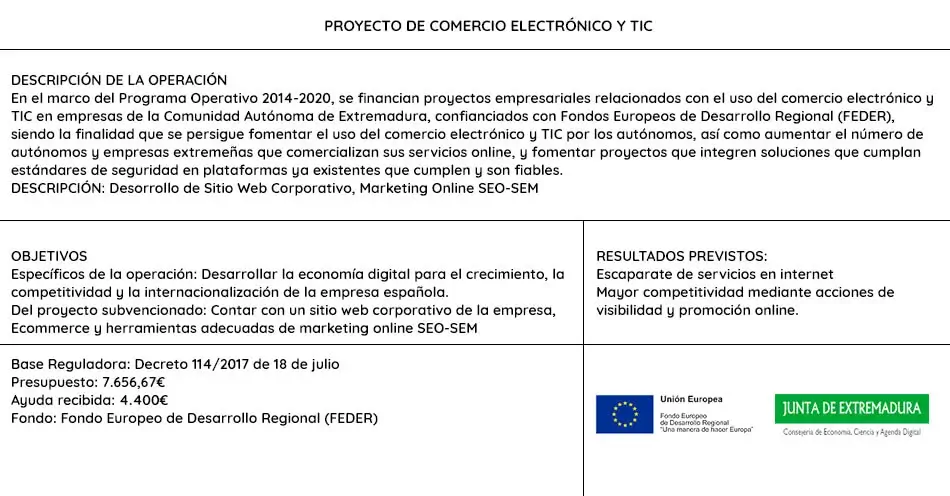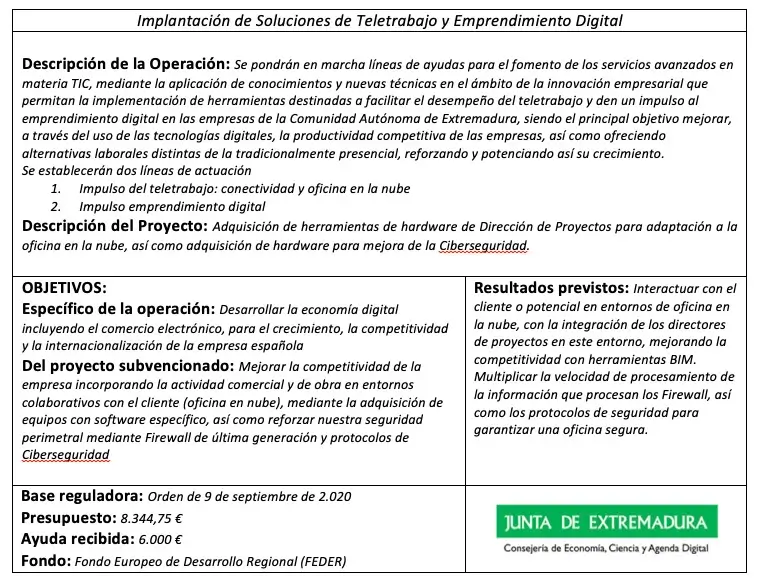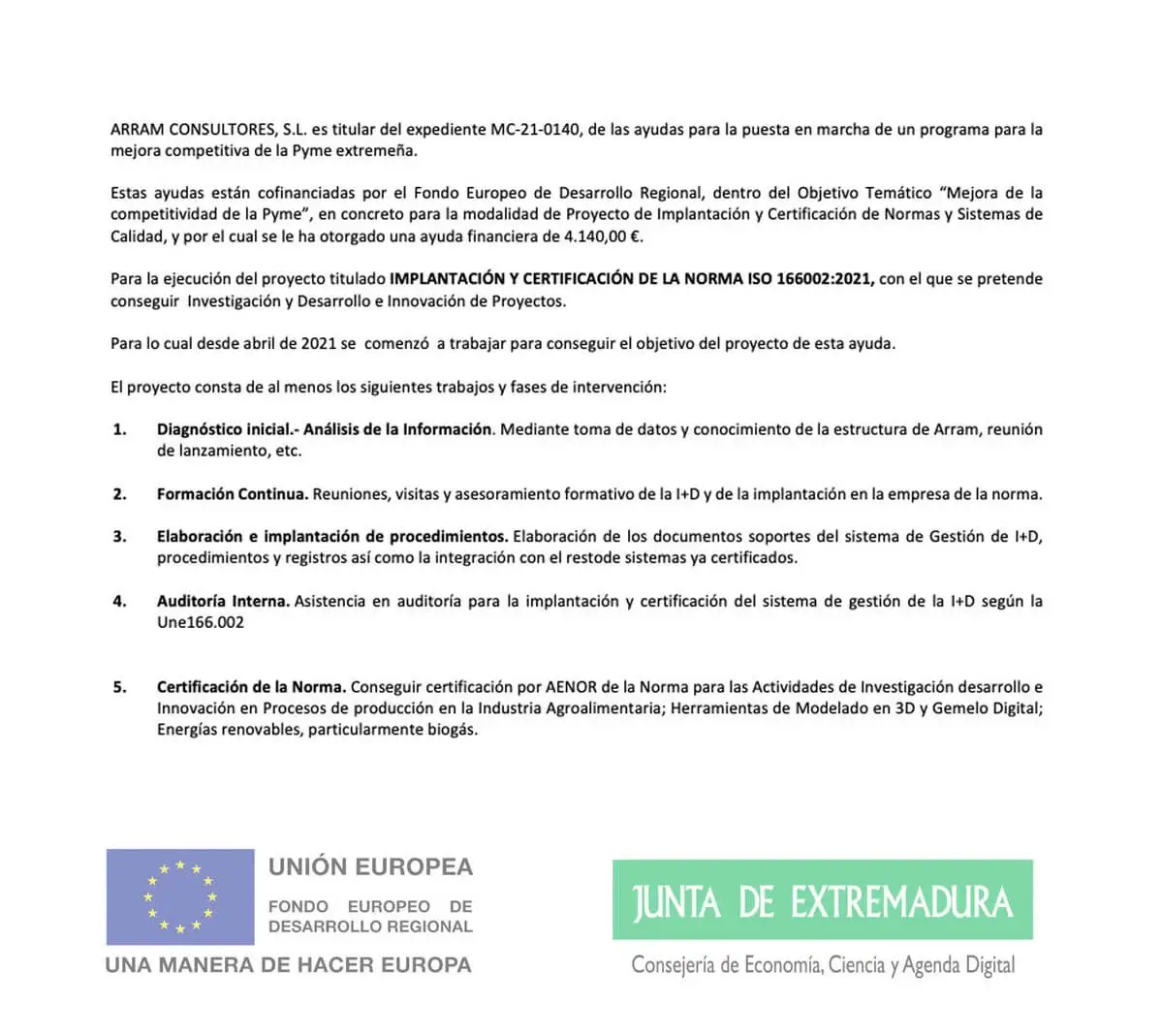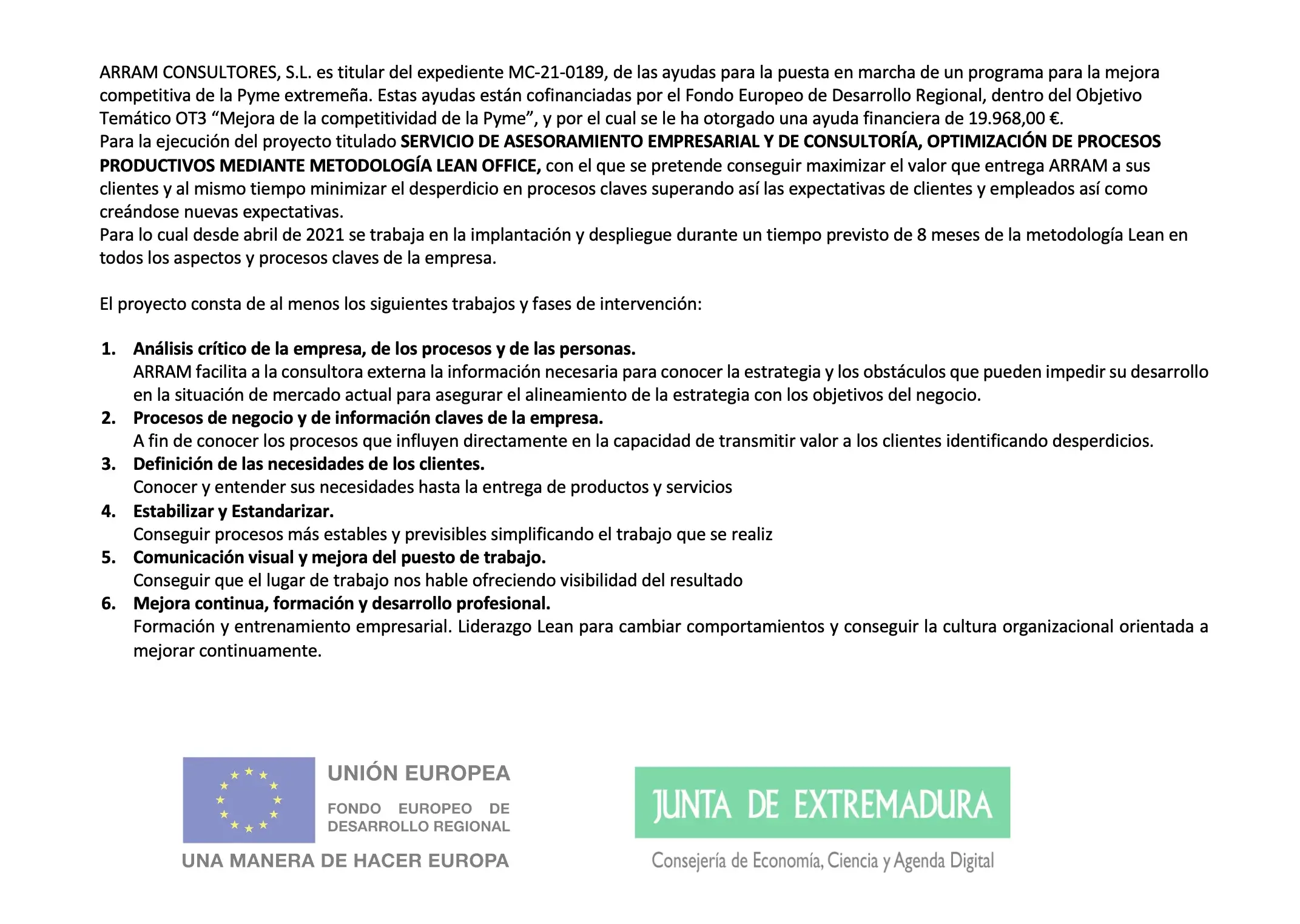What was the last major global event on climate change and what agreements were adopted??
COP26, held in the UK in November 2021, and the conclusion was the recognition of the climate emergency. It is no longer enough just to keep alive the commitment made to limit global warming to 1.5 degrees by the end of the century. Time is against humanity. We must move from words to deeds.
We have gone from 280 ppm CO2 in the middle of the 17th century to 420 ppm today. This underlines the importance of biogas, the renewable energy technology with the highest CO2 capture potential.
The creation of an industry around biogas has a great impact on the production of organic fertilisers, and on creating a system where carbon sequestration in the form of organic matter is promoted and allocating as much additional carbon as possible to soils, thus improving their fertility and making agricultural land more resilient to the current effects of climate change, which farmers around the world are beginning to notice.
Do we have in Spain a situation that should be absolutely favourable for biogas and biomethane production?
The misfortune of the war in Ukraine has opened our eyes to the need for energy self-sufficiency, a concept in which renewable gas must play a crucial role. The European Commission's reaction has also been swift and efficient, launching the REPower Europe plan, with a series of proposals and measures aimed at making our continent independent of fossil fuels from Russia by 2030, and which highlights our country's potential to contribute to and guarantee energy security, both nationally and in Europe.
Everything goes in the same direction: the need for decarbonisation, the need for energy self-sufficiency, or the need to improve all the links in our livestock, agro-industrial or urban waste management chain. Everything is moving in the direction of biogas and biomethane.
What could be the reason why biogas has not been developed in Spain to date?
In Spain, agro-industrial biogas projects have historically been designed to solve problems associated with organic waste management, such as pig slurry or sewage sludge.
In some cases, attempts have been made to give these projects more capacity than they actually have. Anaerobic digestion is an efficient and proven process to reduce the organic load of waste, odours, pathogens or associated emissions, and above all to generate biogas for energy purposes, but it is not a final solution to the waste problem as certain problematic components, such as nitrogen or excessive conductivity, are not removed.
This may be one of the reasons, but certainly not the only one, that has hindered the development of agro-industrial biogas in Spain to date.
It is likely that we are facing a third "wave" of agro-industrial biogas in Spain, the first being that which took place in the 1980s, very much centred on the treatment of slurry, and the second in the 2000s, mainly associated with German technologists who landed, without great success, in our country. This new impetus seems to be determined by biomethane or renewable natural gas, i.e., biogas refined to have the same characteristics as natural gas circulating in the network.
The number of biogas plants in the EU exceeds 20,000, while in our country there are still less than 300, including agricultural, food, WWTP and landfill sites. If we consider biomethane plants, Europe will end 2021 with just over 1,000 plants, 365 of which are in France. It should be noted that the rate in France is around two new plants per week. In Spain, as of today, July 2022, we have five.
What production potential does our country have?
According to the latest reports published by the European Commission, biogas could cover, within the current demand of the gas market in Spain, 100% of domestic-commercial demand plus almost 50% of industrial demand. However, as has happened in other Member States, as the sector develops, new levers (new technologies, new waste sources, etc.) are likely to open up to increase this potential.
There is a lot of talk about the collaboration with the circular economy of this type of plant. What is its real contribution?
Biogas has it all, it is circular economy at its best, it is a renewable technology in a state of maturity and it is an indispensable tool for the decarbonisation of society.
It is vital that the implementation of biogas projects is coupled with a complete digestate management solution, which will always be a site-specific solution. We need to turn digestate from a problem into an opportunity.
Digestate, although it has a number of common characteristics, has a great deal of variability due to the different raw materials that feed each plant.
It is essential to seek balance with the agro-livestock ecosystem where the plant is located. There will be areas with nutrient surpluses and farm saturation, and cases where, although there appears to be a large production of waste, local agriculture continues to import huge quantities of fertilisers.
In short, it is unlikely that the same solution will be applied in the irrigated areas of Badajoz as in the greenhouse area of Almeria or in the pasture lands of Northern Spain.
The European Union is approving a series of measures associated with the circular economy package, promoting the reuse of our waste and by-products in the production of fertilisers. At the same time, there is the general orientation of the new CAP, which aims to make European agriculture more sustainable in terms of carbon sequestration by agricultural soils, biodiversity, soil conservation and water and air quality. New fertilisers produced from organic or recycled materials will be more easily marketed in the EU, thanks to rules adopted in October 2017 by the European Parliament.
Will 2022 be the year when biogas will take off in Spain, and particularly in Extremadura?
This is how we understand it at Arram Consultores and hence the Strategic Alliance we made two years ago with Biovic (Gimeno Group), to work in the field of Renewable Gases starting, as a main base, from waste from agri-food industries. Arram brings all its knowledge and know-how of almost 34 years working for the agri-food industry throughout Spain, and Biovic the experience as a technologist of renewable gases worldwide. Two widely experienced companies whose alliance aims to light the fuse of renewable gases in the Extremadura region and in Spain.
Everything seems to be aligned with this sector: the ecological transition, the demographic challenge, the energy transformation, the need to capture greenhouse gases, gas prices or the environmental problems associated with the primary sector. It is a year of great challenges for everyone, including the Administration, as there is a lot of work to be done.
The prices of natural gas over the last few months have made people look at the possibility of producing domestic renewable gas without dependence on foreign sources with new eyes. Industry, the domestic sector and the energy sector need it, and biomethane is the only mature renewable technology in a position to penetrate the market by taking advantage of the gas infrastructure and the growing demand for this renewable gas.
Why is there so much talk about hydrogen and so little about biogas?
Hydrogen is undoubtedly an energy vector which, together with biogas, will also be key to achieving the objective of total decarbonisation of the European continent by 2050.
Its potential is expected to make a major contribution to renewable energy supply and management solutions.
Biogas is also an essential renewable energy to reach this target by 2050. Not only does it provide green energy, like any other renewable energy, but it also captures the emissions generated by the millions of tonnes of organic waste in its decomposition. It is therefore also a solution to the environmental problem. It does not have to be manufactured, as is the case with hydrogen; it is produced by bacterial organisms without interruption, every day of the year, and its emissions are not only a greenhouse gas, but also harmful to the atmosphere we breathe to a greater or lesser extent depending on the type of waste.
Hydrogen is becoming extraordinarily popular in recent times, and we are also surprised that biogas is much more ignored, when it is a more mature and, to date, cheaper technology.




